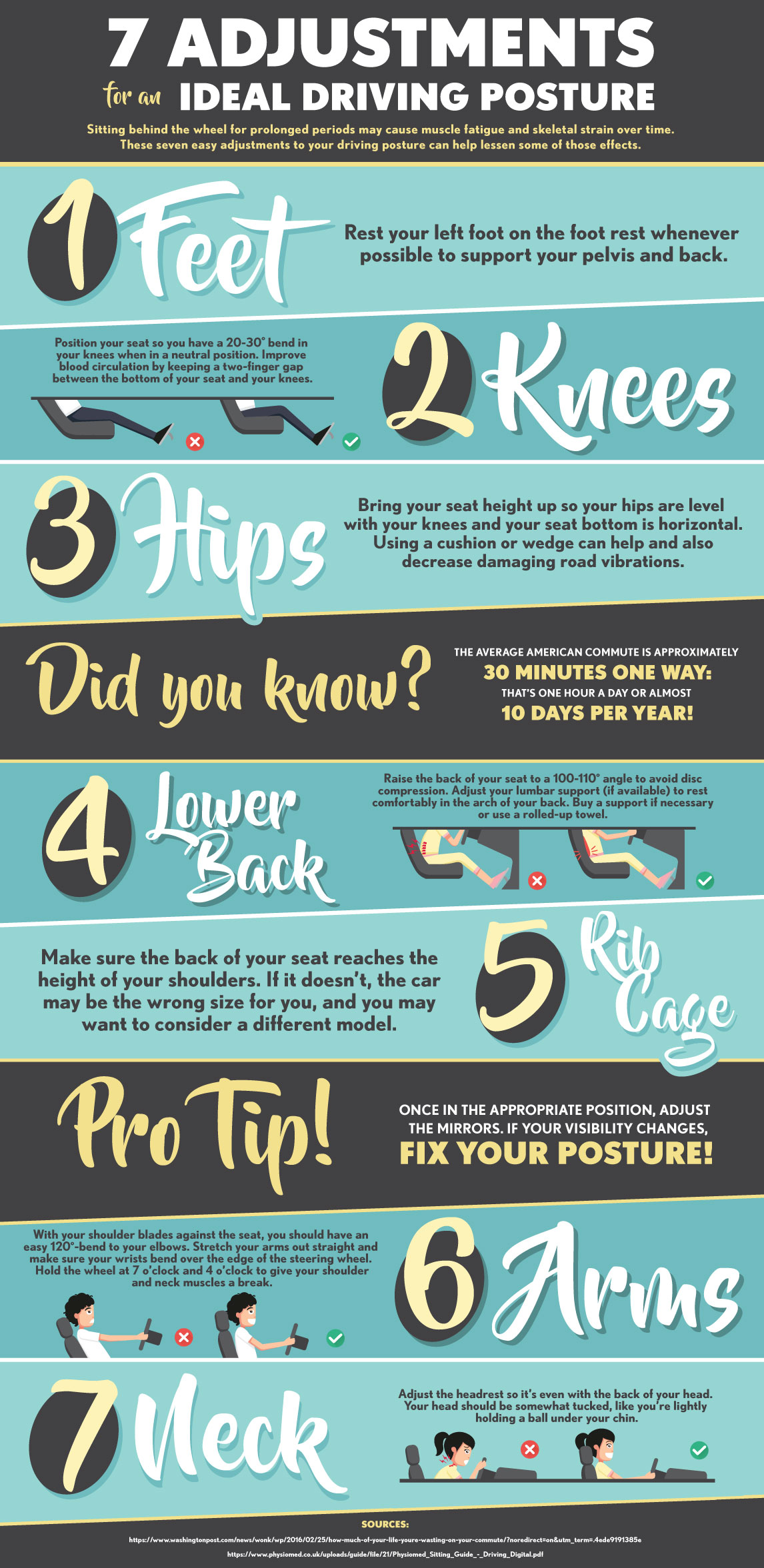The Relationship In Between Posture And Pain In The Back: Approaches For Keeping Appropriate Positioning Throughout The Day
The Relationship In Between Posture And Pain In The Back: Approaches For Keeping Appropriate Positioning Throughout The Day
Blog Article
Short Article Developed By-Fletcher Patton
Preserving appropriate stance isn't almost sitting up right; it's about straightening your body in a manner that sustains your spinal column and minimizes the threat of pain in the back. The method you sit, stand, and move throughout the day can dramatically impact your back health. However exactly how exactly can you guarantee great placement constantly, also during active days full of different tasks? Let's dive deeper into the subtle yet impactful modifications you can make to your everyday routine to maintain your back satisfied and healthy.
Value of Proper Posture
Appropriate posture is important in maintaining a healthy back and protecting against pain. When you rest or stand with excellent position, your spine is in positioning, minimizing strain on your muscles, ligaments, and joints. integrated therapy allows the body to distribute weight evenly, stopping excessive tension on specific areas that can cause discomfort and discomfort. By keeping your spinal column correctly straightened, you can additionally boost your breathing and food digestion, as slouching can press organs and restrict their performance.
In addition, keeping great stance can improve your total appearance and self-esteem. When you stand tall with your shoulders back and head held high, you emanate confidence and appear even more friendly. Excellent pose can also make you feel extra stimulated and alert, as it advertises correct blood circulation and allows your muscle mass to work effectively.
Incorporating appropriate stance right into your day-to-day routine, whether resting at a desk, strolling, or working out, is vital for preventing neck and back pain and advertising total well-being. Bear in mind, a tiny adjustment in just how you hold yourself can make a considerable distinction in how you feel and operate throughout the day.
Common Postural Mistakes
When it involves maintaining good position, numerous individuals unconsciously make typical errors that can add to back pain and discomfort. Among the most prevalent errors is slouching or hunching over while sitting or standing. This placement puts too much pressure on the spine and can lead to muscle inequalities and discomfort in the future.
An additional common blunder is overarching the lower back, which can squash the all-natural contour of the spine and trigger pain. Furthermore, going across legs while sitting may really feel comfortable, but it can create an inequality in the hips and pelvis, resulting in postural concerns.
Making use of a pillow that's as well soft or as well solid while sleeping can additionally impact your positioning and add to pain in the back. Finally, constantly craning go to this site to take a look at displays or adjusting your placement regularly can stress the neck and shoulders. Being mindful of these usual postural blunders can aid you keep far better alignment and minimize the risk of back pain.
Tips for Correcting Alignment
To improve your placement and minimize neck and back pain, it's important to focus on making small modifications throughout your day-to-day routine. Beginning by bearing in mind your position. When sitting, guarantee your feet are flat on the flooring, your back is straight, and your shoulders are unwinded. Prevent slouching or leaning to one side. Usage ergonomic chairs or pillows to support your lower back.
When standing, distribute your weight equally on both feet, keep your knees somewhat curved, and embed your pelvis. Engage your core muscles to support your spine. Take breaks to stretch and walk if you have an inactive task. Incorporate workouts that strengthen your core and back muscular tissues, such as planks or bridges.
While resting, use a cushion that supports the natural curve of your neck to preserve correct spinal alignment. Prevent sleeping on your belly, as it can stress your neck and back. By being mindful of these tips and making small adjustments, you can progressively remedy your alignment and minimize neck and back pain.
Final thought
Keep in mind, preserving excellent stance is key to stop back pain and advertising back wellness. By bearing in why do i have lower back pain , dispersing weight uniformly, and engaging your core muscle mass, you can minimize pressure on your back and minimize the danger of discomfort and injury. Include ergonomic support, take routine breaks to extend, and enhance your core and back muscles to maintain appropriate placement throughout the day. Your back will certainly thanks for it!
